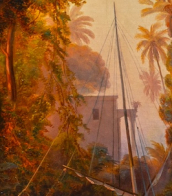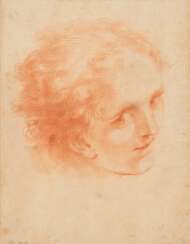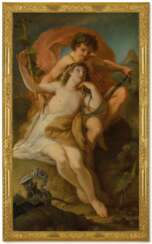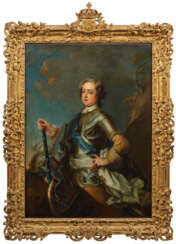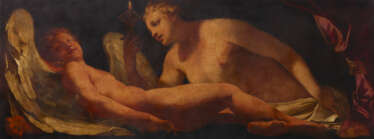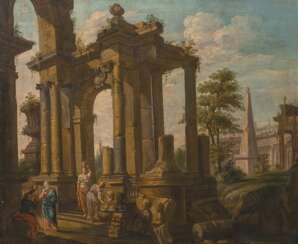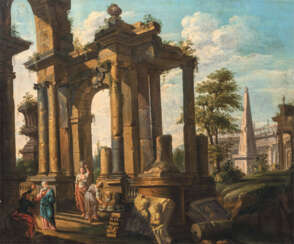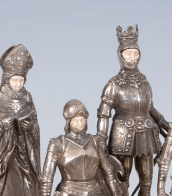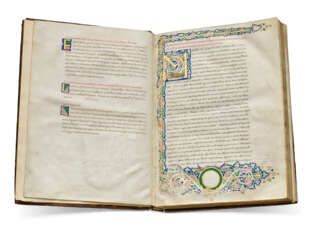benedetto luti
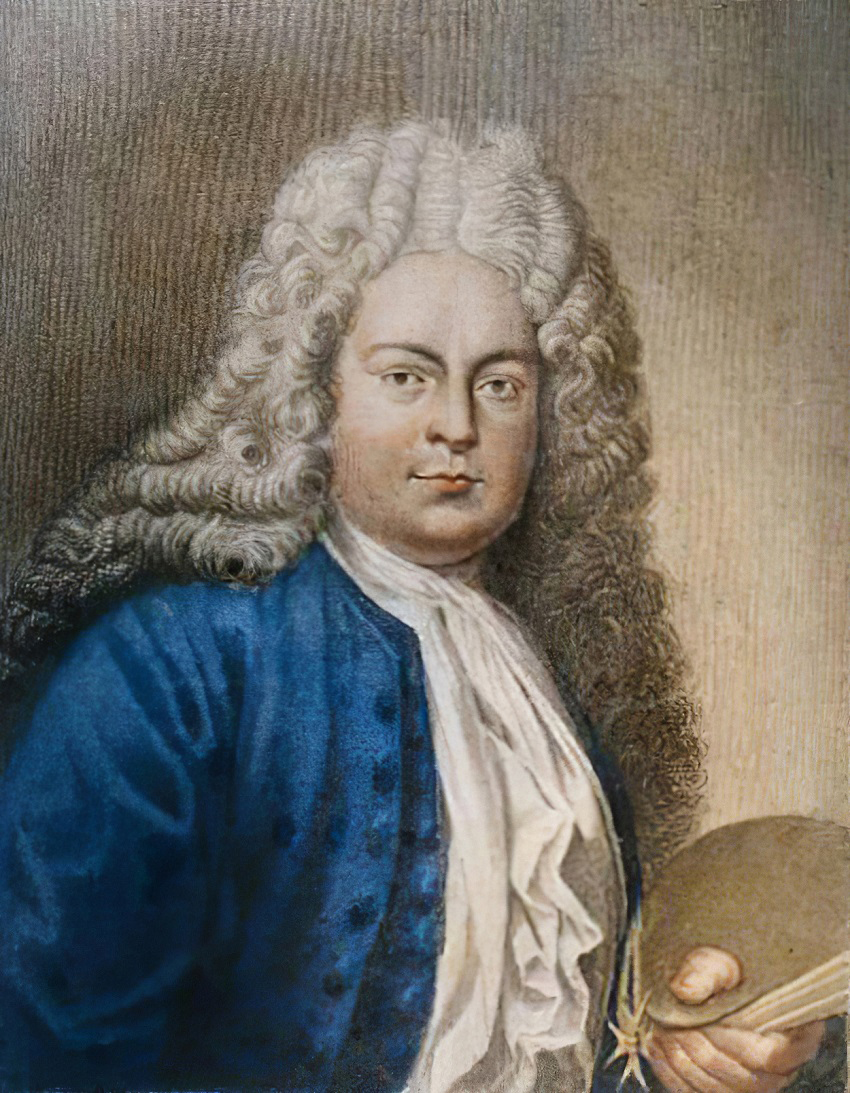
Benedetto Luti was an Italian painter and draughtsman of the academic Baroque style of the Florentine school.
Benedetto Luti began his artistic career in his hometown. Studied under Gabbiani and Tommaso Redi. He enjoyed the patronage of the Grand Duke of Tuscany Cosimo III de' Medici, a great fan of pastel drawing. In 1691 the artist moved from Florence to Rome. Luti was one of the first great masters to use pastel not only for sketches and outlines, but also to paint portraits in this technique. Benedetto Luti also painted oil paintings and frescoes. From 1720, he headed the Accademia di San Luca in Rome.
Benedetto Luti was also a successful art dealer and ran the art school he founded. His pupils included Giovanni Paolo Pannini, Placido Costanzi, Jean-Baptiste van Loo and his brother Charles-André van Loo.
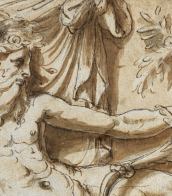

Benedetto Luti was an Italian painter and draughtsman of the academic Baroque style of the Florentine school.
Benedetto Luti began his artistic career in his hometown. Studied under Gabbiani and Tommaso Redi. He enjoyed the patronage of the Grand Duke of Tuscany Cosimo III de' Medici, a great fan of pastel drawing. In 1691 the artist moved from Florence to Rome. Luti was one of the first great masters to use pastel not only for sketches and outlines, but also to paint portraits in this technique. Benedetto Luti also painted oil paintings and frescoes. From 1720, he headed the Accademia di San Luca in Rome.
Benedetto Luti was also a successful art dealer and ran the art school he founded. His pupils included Giovanni Paolo Pannini, Placido Costanzi, Jean-Baptiste van Loo and his brother Charles-André van Loo.
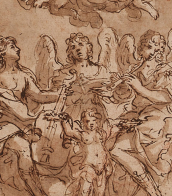

Benedetto Luti was an Italian painter and draughtsman of the academic Baroque style of the Florentine school.
Benedetto Luti began his artistic career in his hometown. Studied under Gabbiani and Tommaso Redi. He enjoyed the patronage of the Grand Duke of Tuscany Cosimo III de' Medici, a great fan of pastel drawing. In 1691 the artist moved from Florence to Rome. Luti was one of the first great masters to use pastel not only for sketches and outlines, but also to paint portraits in this technique. Benedetto Luti also painted oil paintings and frescoes. From 1720, he headed the Accademia di San Luca in Rome.
Benedetto Luti was also a successful art dealer and ran the art school he founded. His pupils included Giovanni Paolo Pannini, Placido Costanzi, Jean-Baptiste van Loo and his brother Charles-André van Loo.
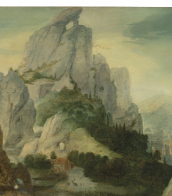

Benedetto Luti was an Italian painter and draughtsman of the academic Baroque style of the Florentine school.
Benedetto Luti began his artistic career in his hometown. Studied under Gabbiani and Tommaso Redi. He enjoyed the patronage of the Grand Duke of Tuscany Cosimo III de' Medici, a great fan of pastel drawing. In 1691 the artist moved from Florence to Rome. Luti was one of the first great masters to use pastel not only for sketches and outlines, but also to paint portraits in this technique. Benedetto Luti also painted oil paintings and frescoes. From 1720, he headed the Accademia di San Luca in Rome.
Benedetto Luti was also a successful art dealer and ran the art school he founded. His pupils included Giovanni Paolo Pannini, Placido Costanzi, Jean-Baptiste van Loo and his brother Charles-André van Loo.

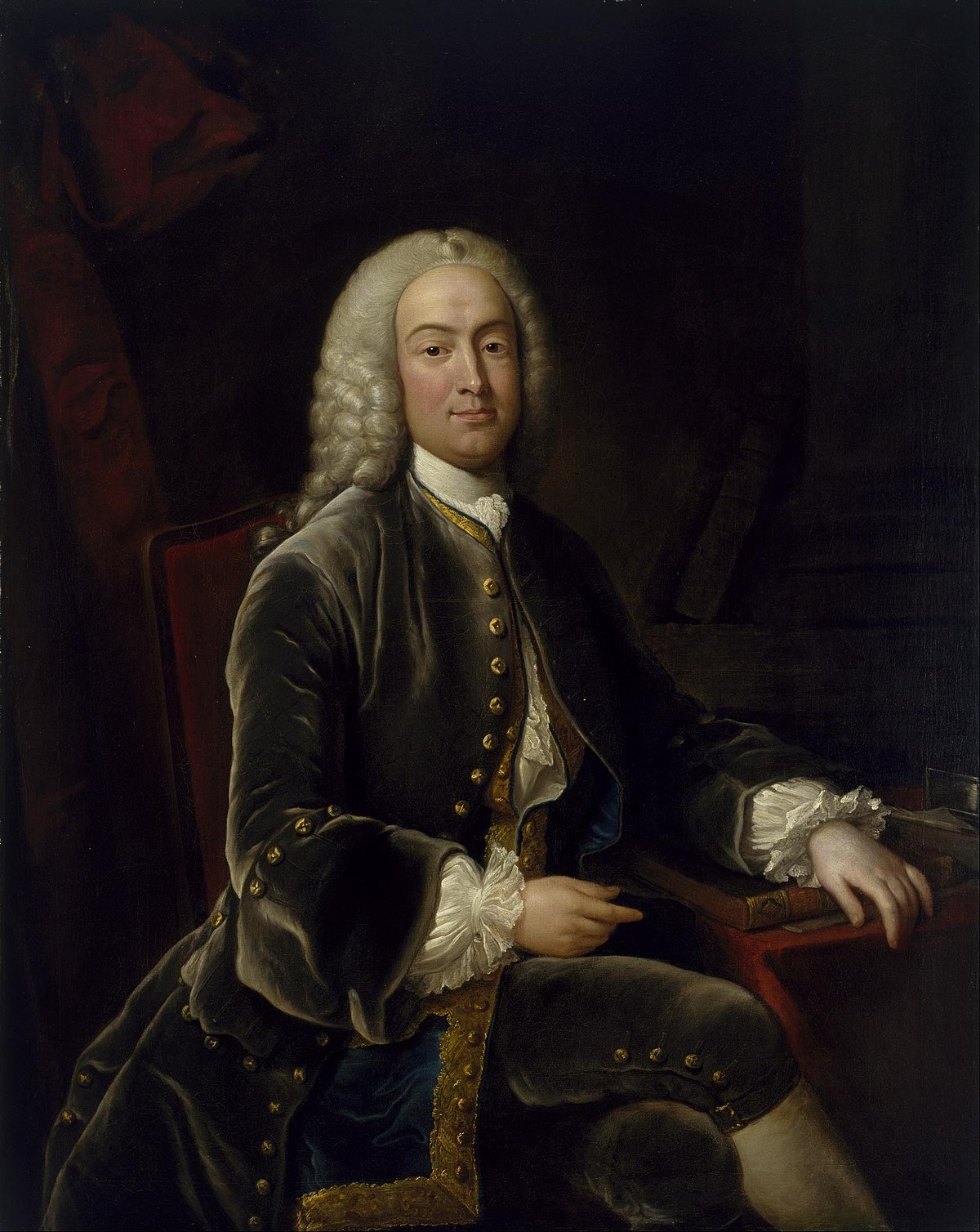
Jean-Baptiste van Loo was a French portrait painter of the Rococo period. He came from a large Van Loo family of painters, originally from Flanders. Elder brother of the painter Charles André van Loo. He studied painting with Benedetto Luti at the Académie Française in the Villa Médici.
Jean-Baptiste van Loo's style was marked by refined elegance and a desire to convey the likeness and character of his subjects. He excelled in portraiture and his work was sought after by royalty, aristocrats and prominent figures of his time.
In addition to portraits, he also painted historical and mythological scenes. His works had a sense of grandeur, using a vivid colour palette, intricate details and dynamic compositions.
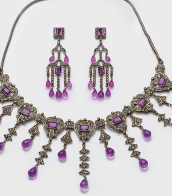
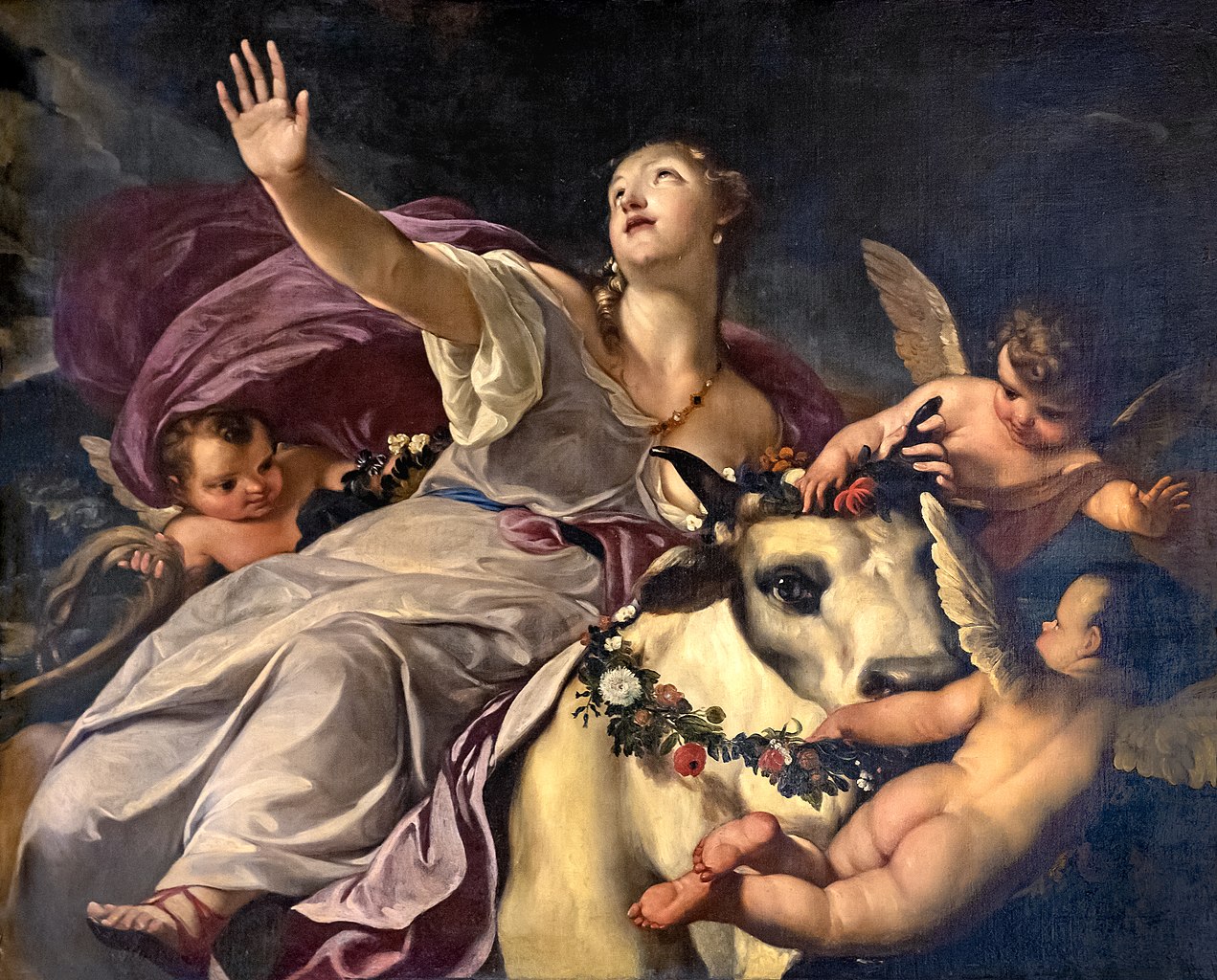
Antonio Bellucci was an Italian painter and decorator, celebrated for his contributions to the Rococo movement, blending classical elements with a distinctive Rococo flair. Born in Pieve di Soligo in 1654, he initially trained with Domenico Difnico in Venetian Dalmatia, modern-day Croatia, before establishing himself in Venice and across Europe. Bellucci's works are known for their baroque joyfulness, pictorial finesse, and a palette of soft, nuanced colors, making him a key precursor to artists like Tiepolo. His paintings are characterized by their soft, virtuoso brushwork, often incorporating chiaroscuro effects learned from the Tenebrism movement, with clearly contoured figures reminiscent of Veronese, especially in the portrayal of women.
Throughout his career, Antonio Bellucci's international presence grew, especially in German-speaking regions, due to his extensive work abroad. He spent significant periods in Vienna, painting allegorical ceilings for Palais Liechtenstein, and in Düsseldorf, working for Johann Wilhelm, Elector of the Palatinate. From 1716 to 1722, Bellucci worked in England, where he created notable ceiling paintings for James Brydges, 1st Duke of Chandos, and painted the Nativity and the Descent from the Cross at St Lawrence, Whitchurch.
Antonio Bellucci's notable works include "The King's Sick Son" at Gemäldegalerie Alte Meister in Kassel, "The Rape of Europa," and "Ascension of Jesus Christ" at Great Witley Church, Worcestershire. His mastery in portraying biblical scenes and mythological themes, alongside his adeptness in capturing the essence of his subjects, has left a lasting impact on the art world.
For art collectors and experts, Antonio Bellucci's works offer a glimpse into the transition from Baroque to Rococo styles, showcasing his ability to blend dramatic intensity with delicate beauty. His legacy continues to be celebrated in museums and galleries worldwide, testament to his influence and artistry.
To stay informed about new product sales and auction events related to Antonio Bellucci, sign up for updates. This subscription ensures you're always in the know regarding opportunities to acquire pieces by this distinguished artist.
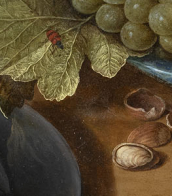
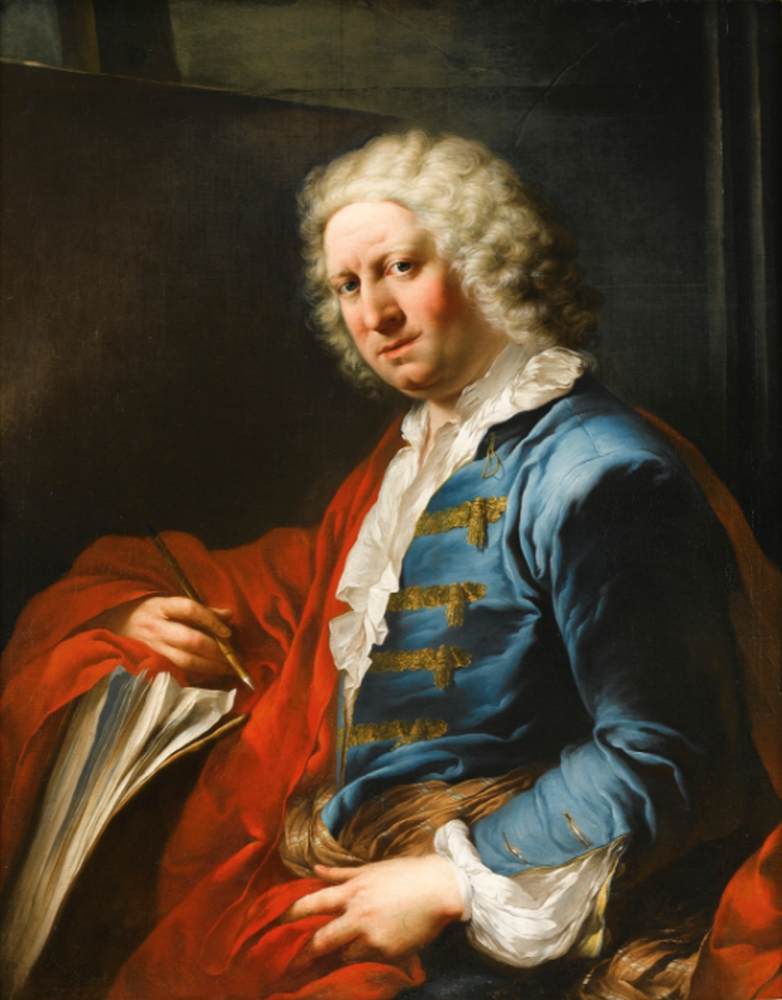
Giovanni Paolo Pannini (Panini) was an Italian painter and architect who worked in Rome and is primarily known as one of the vedutisti. As a painter, Panini is best known for his vistas of Rome, in which he took a particular interest in the city's antiquities. Among his most famous works are his view of the interior of the Pantheon (on behalf of Francesco Algarotti), and his vedute — paintings of picture galleries containing views of Rome. Most of his works, especially those of ruins, have a fanciful and unreal embellishment characteristic of capriccio themes. In this they resemble the capricci of Marco Ricci. Panini also painted portraits, including one of Pope Benedict XIV.


Giovanni Paolo Pannini (Panini) was an Italian painter and architect who worked in Rome and is primarily known as one of the vedutisti. As a painter, Panini is best known for his vistas of Rome, in which he took a particular interest in the city's antiquities. Among his most famous works are his view of the interior of the Pantheon (on behalf of Francesco Algarotti), and his vedute — paintings of picture galleries containing views of Rome. Most of his works, especially those of ruins, have a fanciful and unreal embellishment characteristic of capriccio themes. In this they resemble the capricci of Marco Ricci. Panini also painted portraits, including one of Pope Benedict XIV.
